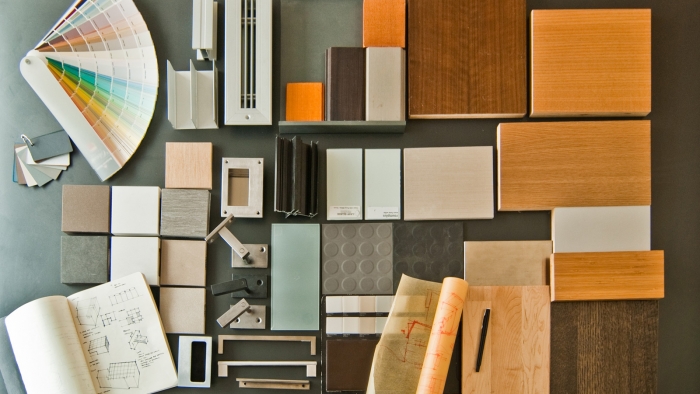- Close Lighting (General Lighting)
This is one in all the foremost common styles of light decors. close light could be a soft glow that blankets your area only enough for you to perform while not inflicting a harsh glare. In photography and motion-picture photography, close light is taken into account the “natural light” inside a space. In décor, close light is extremely similar, except you produce the close light by creating the room’s lighting as natural and flat as attainable. whereas close light is supposed to urge you safely from point A-to-B, it’s not ideal for operating closely with things or to spotlight things around your area.
Atmosphere: Once used properly, close light creates an amazing atmosphere to relax from an excessively nerve-racking day or to possess a warm talk with a close friend. close lighting is usually named as mood lighting, as a result of this light captures the soft curves of your face and permits your pupils to dilate slightly (a physical sign of affection). Some yoga studios have even begun to use the softer close lighting in their classes to assist draw stress from the body.
How to Get This Look: We tend to advocate the use of the subsequent light to form close lighting.
Recessed or Track Lights. strive to employ a series of those throughout your area. These work well with every kind of ceilings, however, if your ceiling is lower ensure the light isn’t too harsh for the area. take care not to over light the area. See the instance with the track light system below. attempt these in your sleeping room, den, room or front room.
Chandeliers and Pendants
These lighting fixtures work fantastically with taller ceilings. you’ll be able to select that height is best for your lighting desires. Notice however the chandeliers below area unit placed lower in areas individuals won’t be walking close to. they’re conjointly terribly classic items that work well in foyers, over the bathtub within the restroom.
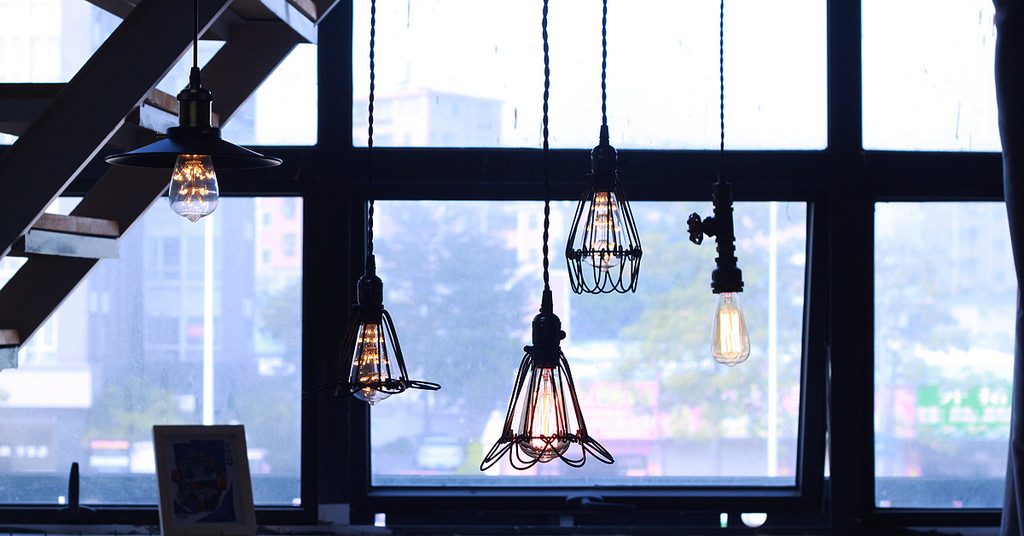
Wall Sconces and Wall Lights
These are thus versatile they work virtually anyplace. Use these rigorously. If you employ to several in one location it’s going to cause a harsher light, however once placed meagrely these work nice in hallways, patios and porches. try and incorporate the wall sconces into the design of your home.

- Task Lighting
This is a smaller additional targeted light. you would like task lighting around once you’re operating. In fact, some folks call it workplace lighting. Task lighting is supposed to assist you to see once you’re doing projects during which you wish a finer light, such as, reading, cooking, writing, stitching and plenty of alternative things. Task lighting solely works well once it’s used as a different light. let’s say if you’ve got an occasional lit area with a lamp turned on, {the light-weight|the sunshine} in this space is going to be simpler with less glare than if the complete area was lit with a brighter light.
Atmosphere: Task lighting helps naturally stimulate your brain. The different light permits you to be a lot of alerts and focused. this can assist you to see a lot of details as you’re employed, making higher quality results. this is often why several businesses prefer to use task lighting in their offices.
How to Get This Look: we tend to advocate to use the subsequent fixtures to form task light.
Desk, Swing Arm and Floor Lamps
Use lamps on your desks, side tables, low tables or anyplace you wish a bit additional light for operating. Swing arm lamps permit you to regulate the light any way you’d like. Since these floor lamps are lightweight and adjustable these are the perfect task lights.
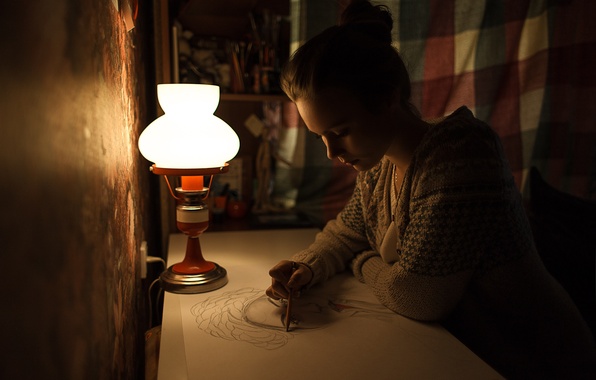
Under cupboard and Vanity Lights
These are the final word task lights. underneath the cupboard, lights work nicely in your room, like below. They add a flare to your room and provides the additional light you wish for chopping and cleanup. vanity lighting works well within the restroom and on dressing mirrors. These lights additionally work for garages or workstations.
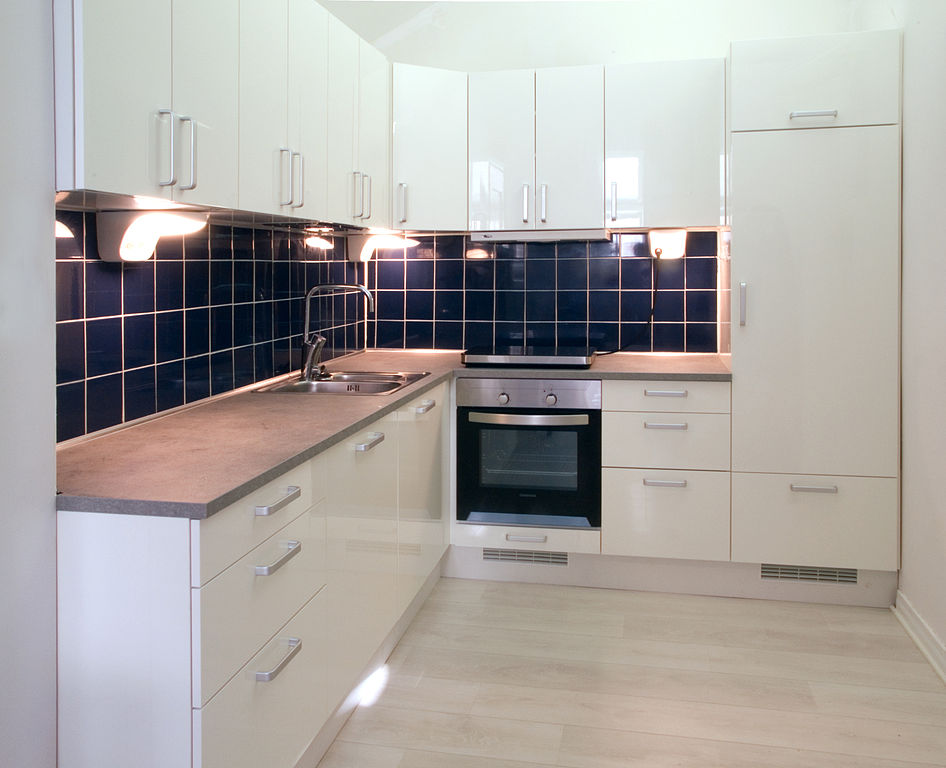
Pendant and Track Lights
Pendants are nice as a result of they’ll be placed in a very heap of areas and might suspend directly regarding work areas. Track lights are nice for the identical reason, except they’ll generally cowl a bit more room. These lights are nice for offices with rows of desks, on top of room islands and in children’s play/homework areas.
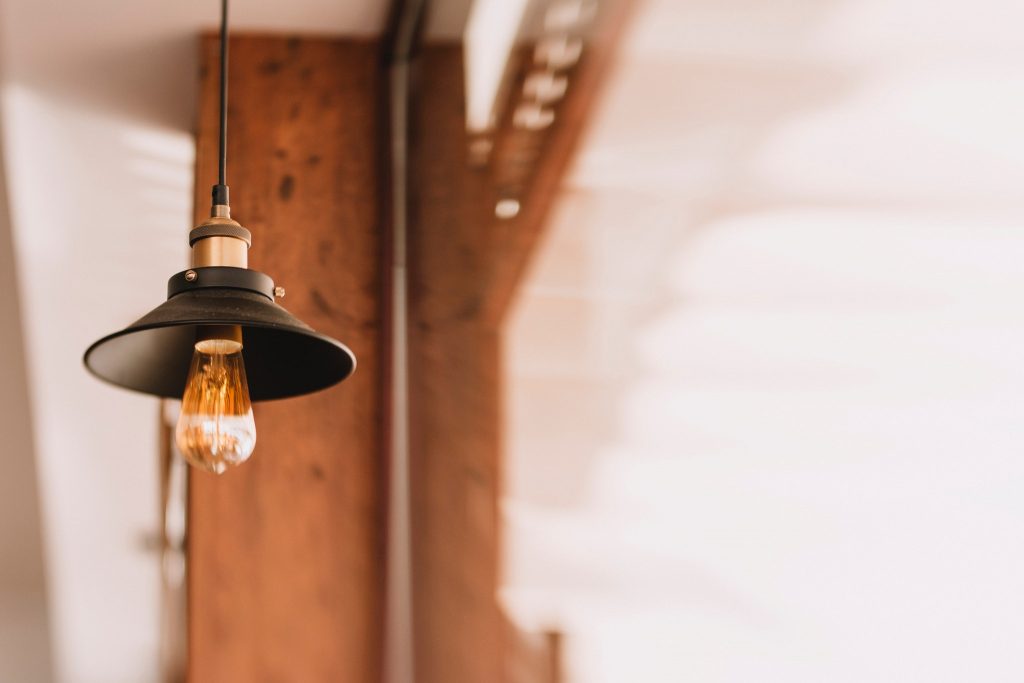
- Accent Lighting
This is a really focused light-weight with the intention of drawing the attention to its focus. Accent lighting could be a means of adding vogue and drama to your home. this can assist you to illuminate the items you wish on the show, whereas shadowing uninteresting areas. individuals use emphasizing for wall laundry, artwork, article of furniture displays, items of an article of furniture, collections and also the general design of their homes. outside accent lighting is after you highlight elements of the design of your home or yard. this is often extremely popular throughout the vacations, particularly Hallowe’en and Xmas.
Atmosphere: Accent lighting is one in all the kinds of lighting that makes a really subtle atmosphere. It evokes feelings of which means and importance to the pictures it displays. This lighting sort is employed tons for museums, historical buildings and art shows.
How to Get This Look: we tend to advocate using the subsequent lights to form accent light.
Wall Lights
Wall lights area unit fantastic for coming up with accent lighting. they are available in a variety of sizes that permit you the highlight huge or little items of art. These work nicely on art walls and for showcasing the design of your area.
Recessed Lighting and Spot Lighting
These lights are typically used for wall lighting (when you illuminate a whole wall with light). Recessed will lights are nice for emphasizing. Place them at the bottom of your wall to illuminate a fine looking brick texture, a colourful paint style or show a large bay window.
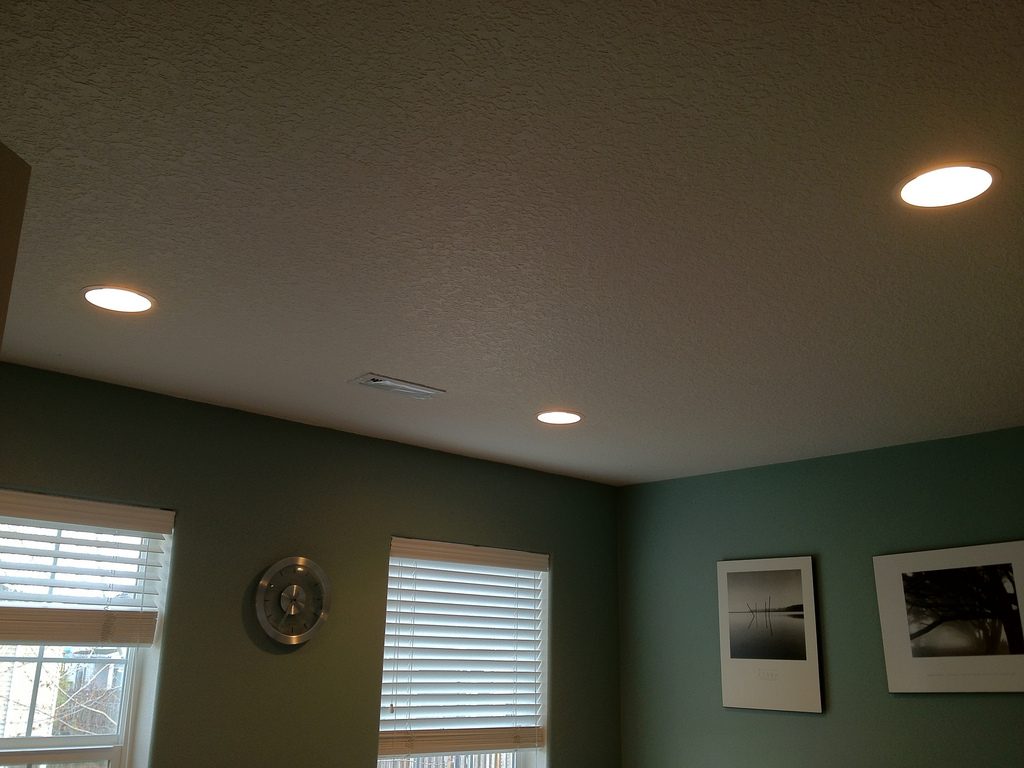
Landscape Lighting
These lights are the most effective for showing off the surface of your home. Use landscape lighting to illuminate a pathway, prized garden or sculpture.
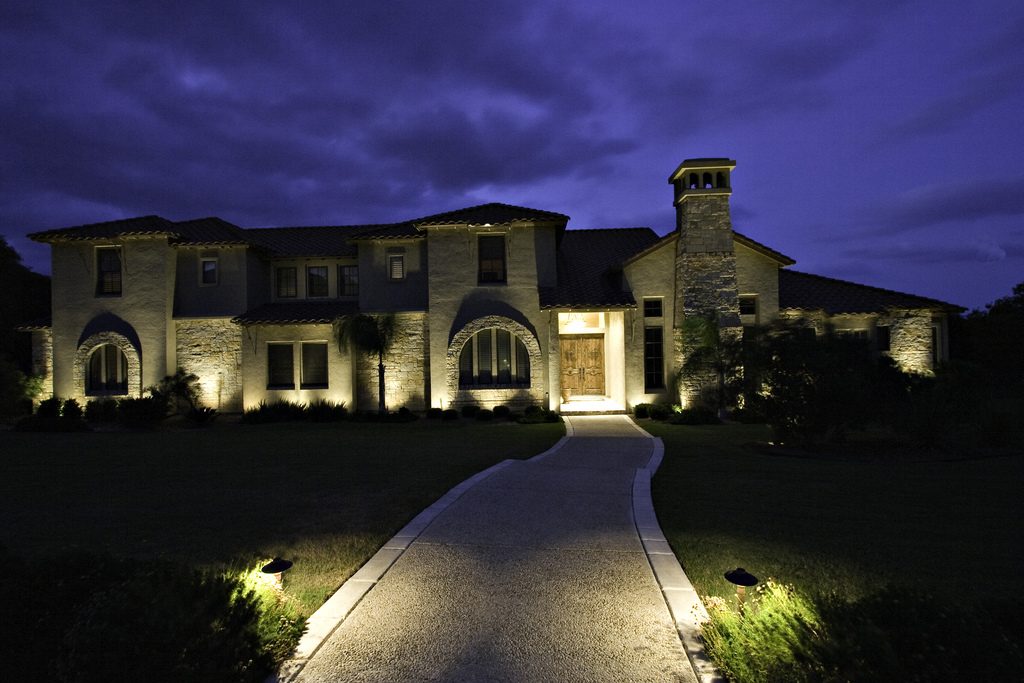
For multiple styles of lighting, choices think about using a light dimmer. Dimmers facilitate attain any mood or look you’re searching for at the push of a button.
For innovative ideas of light decors, contact Home and building designers Kerala



